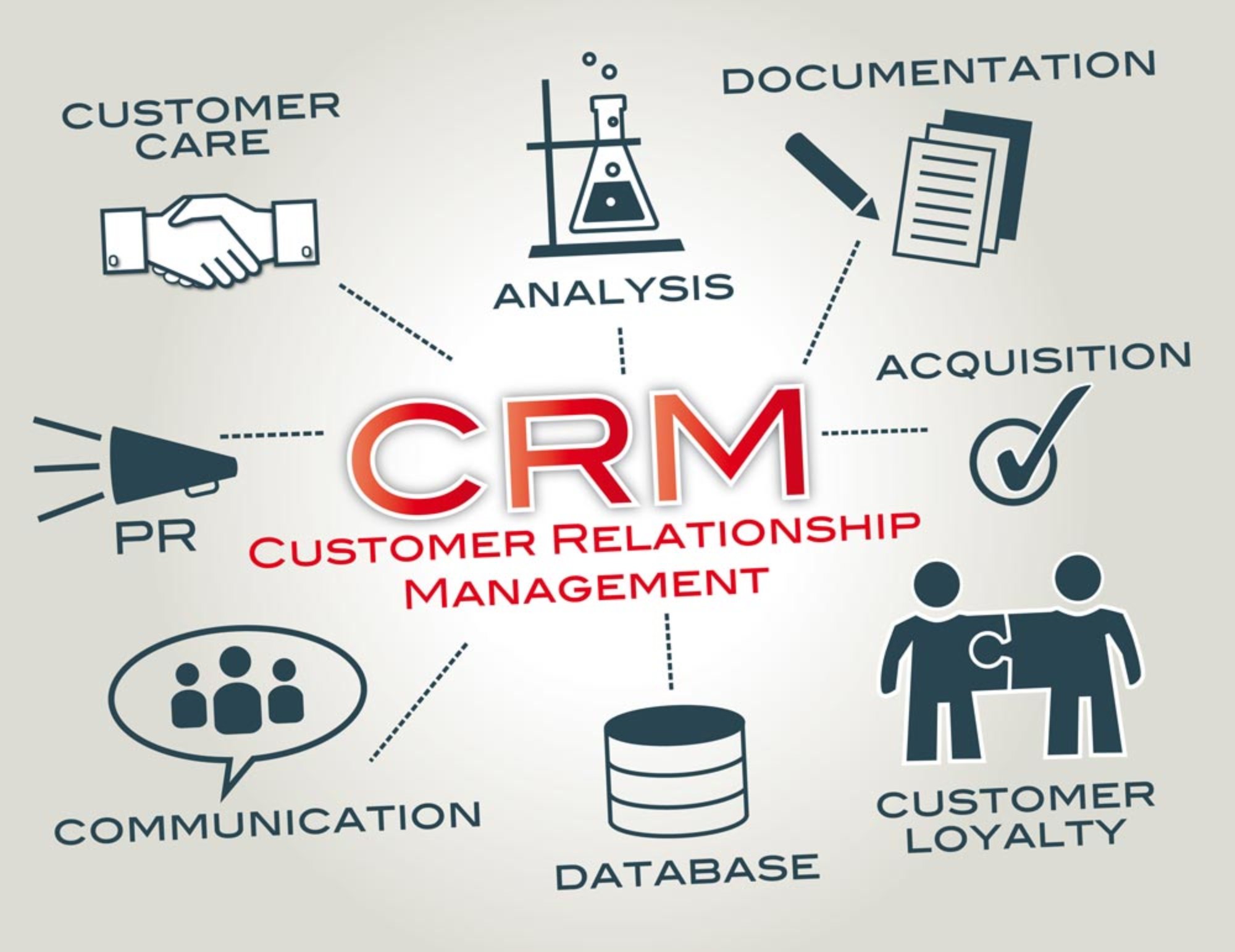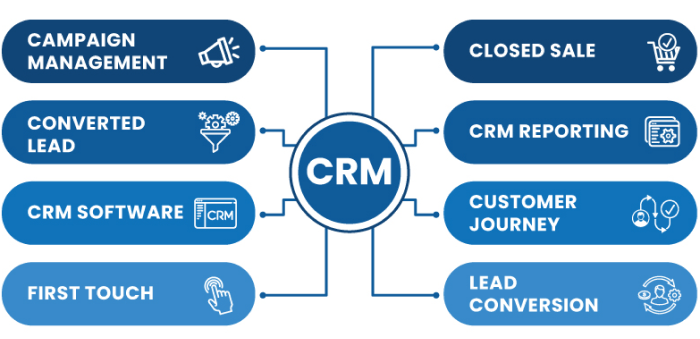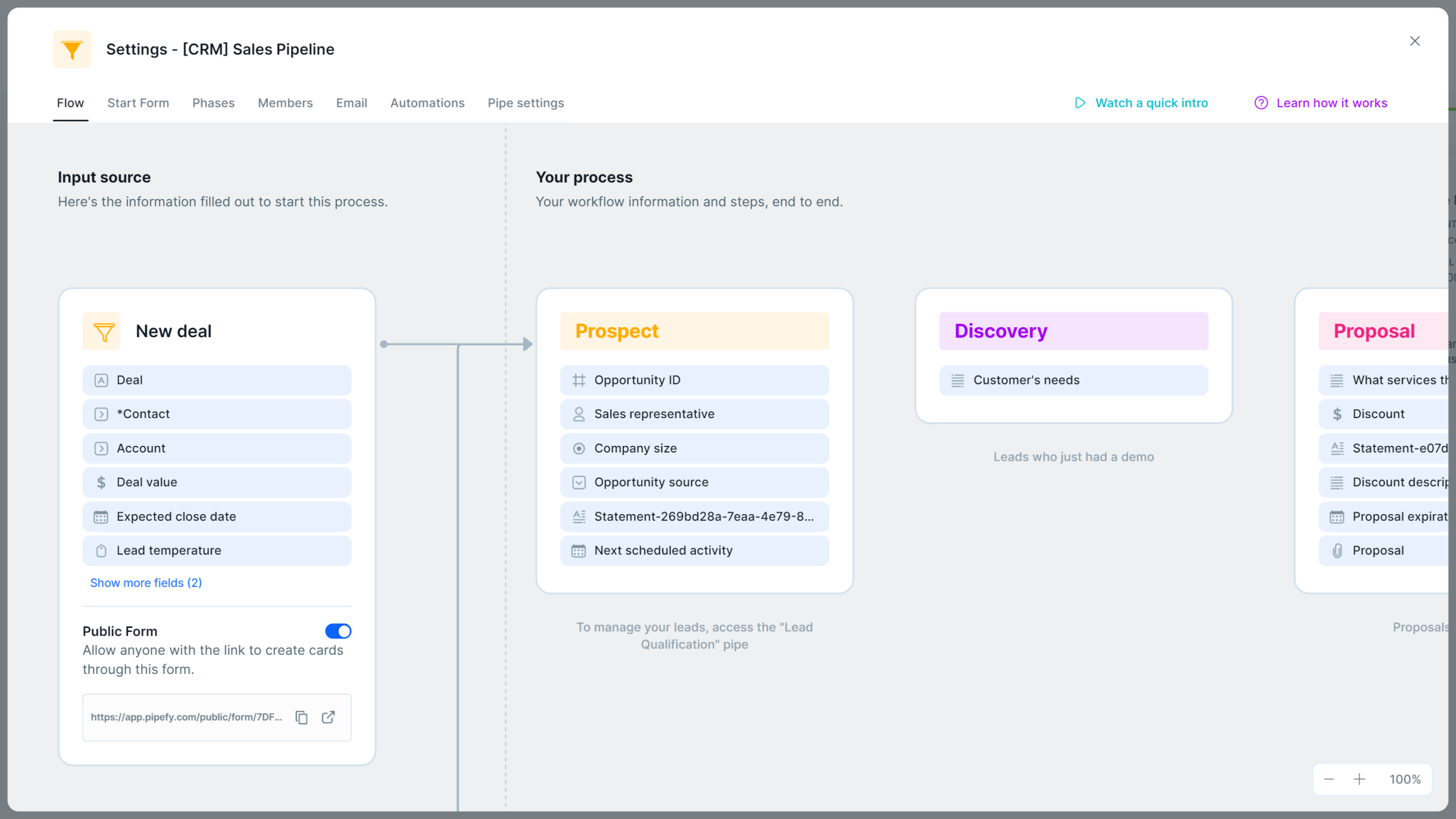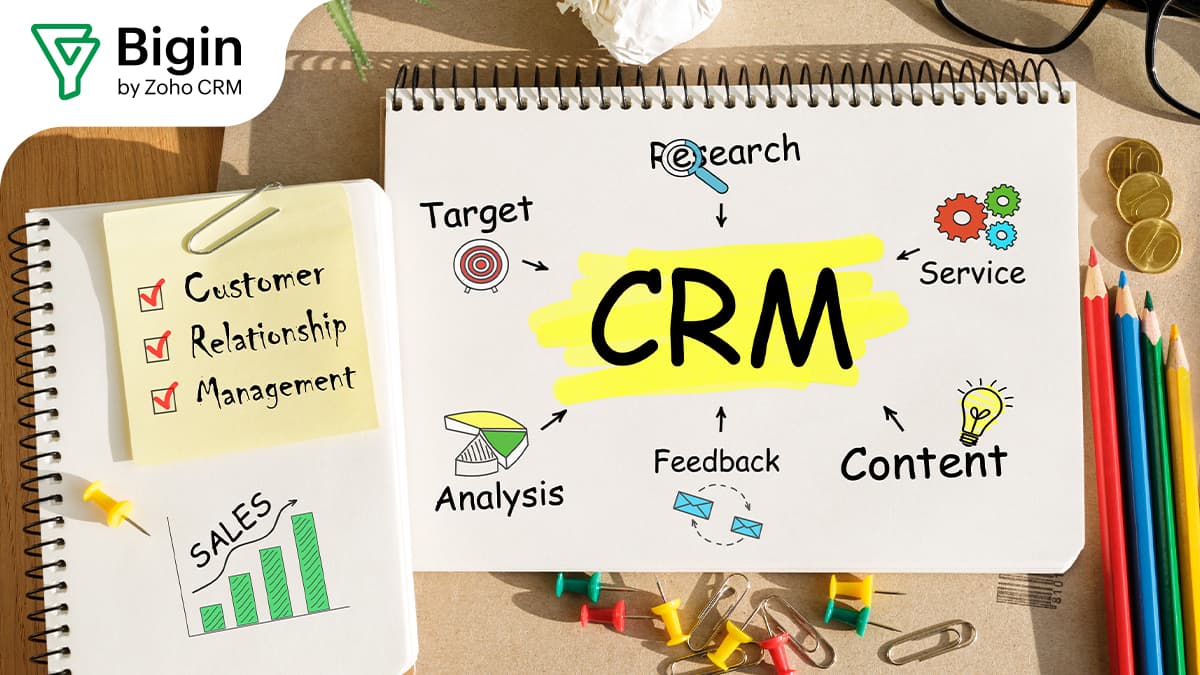
CRM Marketing for Beginners: Your Ultimate Guide to Customer Relationship Management
So, you’re diving into the world of CRM marketing? Fantastic! You’ve come to the right place. This guide is designed specifically for beginners, breaking down the essentials of CRM (Customer Relationship Management) marketing in a way that’s easy to understand and implement. We’ll explore what CRM is, why it’s crucial for your business, and how to get started, even if you’re working with a shoestring budget and a small team. Get ready to unlock the power of building lasting customer relationships and boosting your bottom line.
What is CRM Marketing? A Simple Explanation
At its core, CRM marketing is all about building and nurturing relationships with your customers. It’s a strategic approach that leverages technology, processes, and people to understand, attract, and retain customers. Think of it as a central hub for all your customer interactions, from initial contact to ongoing support. It’s not just about selling; it’s about creating a positive customer experience at every touchpoint.
CRM marketing revolves around using a CRM system, which is essentially a software tool that helps you manage customer data. This data can include contact information, purchase history, communication logs, and more. By having this information readily available, you can personalize your marketing efforts, provide better customer service, and ultimately, increase customer loyalty.
Here’s a breakdown of the key components of CRM marketing:
- Customer Data Management: Collecting, organizing, and analyzing customer data to gain insights.
- Communication & Engagement: Using various channels (email, social media, phone) to interact with customers.
- Sales Automation: Streamlining the sales process, from lead generation to closing deals.
- Marketing Automation: Automating marketing tasks like email campaigns and social media posts.
- Customer Service & Support: Providing excellent customer service to resolve issues and build loyalty.
Why is CRM Marketing Important? The Benefits Explained
You might be wondering, “Why bother with CRM marketing?” The answer is simple: it works. In today’s competitive market, businesses can’t afford to ignore the power of customer relationships. Here’s a look at the key benefits of CRM marketing:
- Improved Customer Relationships: CRM helps you understand your customers better, leading to more personalized interactions and stronger relationships.
- Increased Customer Loyalty: Happy customers are loyal customers. CRM enables you to provide excellent service and build long-term relationships, leading to repeat business.
- Higher Sales and Revenue: By targeting the right customers with the right messages, you can increase sales and boost your revenue.
- Enhanced Marketing Efficiency: CRM automates many marketing tasks, saving you time and resources.
- Better Customer Service: CRM provides a centralized view of customer data, allowing your team to resolve issues quickly and efficiently.
- Data-Driven Decision Making: CRM provides valuable data and insights that help you make informed decisions about your marketing strategies.
- Improved Lead Generation: CRM helps you track leads, nurture them, and convert them into customers.
- Increased Profitability: By streamlining processes and increasing sales, CRM ultimately contributes to increased profitability.
Getting Started with CRM Marketing: A Step-by-Step Guide
Ready to jump in? Here’s a practical guide to help you get started with CRM marketing:
Step 1: Define Your Goals and Objectives
Before you do anything else, take some time to define your goals and objectives. What do you want to achieve with CRM marketing? Do you want to increase sales, improve customer satisfaction, or streamline your marketing efforts? Having clear goals will help you choose the right CRM system and measure your success.
Consider these questions:
- What are your current challenges in managing customer relationships?
- What are your key performance indicators (KPIs)?
- What specific outcomes do you want to achieve (e.g., increase sales by 10%, improve customer retention by 15%)?
Step 2: Choose the Right CRM System
This is a crucial step. There are many CRM systems available, each with its own features, pricing, and target audience. The best CRM for you will depend on your specific needs and budget. Here are some popular options for beginners:
- HubSpot CRM: A free and user-friendly CRM that’s great for small businesses.
- Zoho CRM: A feature-rich CRM with a variety of pricing plans.
- Salesforce Essentials: A scaled-down version of Salesforce, designed for small businesses.
- Freshsales: A sales-focused CRM with a focus on ease of use.
When choosing a CRM, consider these factors:
- Ease of Use: Choose a system that’s easy to learn and navigate.
- Features: Make sure the CRM has the features you need, such as contact management, sales automation, and email marketing integration.
- Pricing: Consider your budget and choose a CRM that fits your needs. Many offer free or low-cost options for small businesses.
- Scalability: Choose a CRM that can grow with your business.
- Integration: Ensure the CRM integrates with other tools you use, such as your email marketing platform and website.
Step 3: Set Up Your CRM System
Once you’ve chosen a CRM, it’s time to set it up. This involves importing your existing customer data, configuring your settings, and customizing the system to fit your needs. Most CRM systems provide tutorials and support to help you get started.
Here’s a general outline of the setup process:
- Import Data: Import your existing customer data from spreadsheets or other systems.
- Customize Fields: Customize the fields to capture the information that’s most important to you.
- Configure Users: Add users and assign roles and permissions.
- Integrate with Other Tools: Connect your CRM to other tools, such as your email marketing platform and website.
- Set Up Workflows: Automate tasks, such as sending welcome emails or assigning leads to sales representatives.
Step 4: Train Your Team
Your team needs to be trained on how to use the CRM system effectively. Provide training on the key features, workflows, and best practices. Make sure everyone understands how to enter data, manage contacts, and use the system to its full potential.
Consider these training methods:
- Online Tutorials: Many CRM systems offer online tutorials and training materials.
- Internal Training Sessions: Conduct internal training sessions to address your team’s specific needs.
- Documentation: Create documentation and user guides to help your team.
- Ongoing Support: Provide ongoing support and answer questions as they arise.
Step 5: Start Using Your CRM System
Now it’s time to put your CRM system into action. Start using it to manage your customer data, track leads, and automate your marketing efforts. Encourage your team to use the system consistently and make it a part of their daily workflow.
Here are some key activities to get started:
- Enter and Update Customer Data: Keep your customer data accurate and up-to-date.
- Track Leads: Track leads and nurture them through the sales funnel.
- Automate Tasks: Automate tasks, such as sending emails and assigning tasks.
- Manage Sales Opportunities: Track sales opportunities and manage the sales process.
- Analyze Data: Use the CRM’s reporting features to analyze your data and track your progress.
Step 6: Analyze and Optimize
CRM marketing is an ongoing process. Regularly analyze your data, track your progress, and make adjustments as needed. Identify what’s working and what’s not, and refine your strategies to improve your results. Continuously look for ways to optimize your CRM usage and improve your customer relationships.
Here’s how to analyze and optimize:
- Track KPIs: Track your key performance indicators (KPIs), such as sales, customer satisfaction, and customer retention.
- Analyze Reports: Use the CRM’s reporting features to analyze your data and identify trends.
- Get Feedback: Gather feedback from your customers and your team.
- Make Adjustments: Based on your analysis, make adjustments to your strategies and processes.
- Stay Updated: Stay up-to-date on the latest CRM marketing trends and best practices.
Key CRM Marketing Strategies for Beginners
Now that you know the basics, let’s dive into some specific CRM marketing strategies you can use to build strong customer relationships and achieve your business goals.
1. Segmentation: Know Your Audience
One of the most powerful aspects of CRM is the ability to segment your audience. This means dividing your customer base into groups based on shared characteristics, such as demographics, purchase history, or behavior. Segmentation allows you to tailor your marketing messages to specific groups, increasing the relevance and effectiveness of your campaigns.
Here are some common segmentation strategies:
- Demographic Segmentation: Grouping customers based on age, gender, location, income, etc.
- Behavioral Segmentation: Grouping customers based on their past purchase behavior, website activity, and engagement with your brand.
- Psychographic Segmentation: Grouping customers based on their values, interests, and lifestyle.
- RFM Analysis: This is a popular method for segmenting customers based on Recency (how recently they made a purchase), Frequency (how often they purchase), and Monetary Value (how much they spend).
2. Personalization: Make it Personal
Personalization is key to effective CRM marketing. Use the data you’ve collected to personalize your marketing messages, offers, and website experiences. This can include addressing customers by name, recommending products based on their purchase history, and tailoring your email content to their interests.
Ways to personalize your marketing:
- Personalized Emails: Use customer names, past purchase information, and other relevant data to personalize your email campaigns.
- Website Personalization: Customize your website content based on a customer’s behavior and preferences.
- Targeted Advertising: Use data to create targeted advertising campaigns on platforms like Google Ads and social media.
- Product Recommendations: Recommend products based on a customer’s purchase history and browsing behavior.
3. Automation: Save Time and Effort
Automation is a game-changer in CRM marketing. Use automation tools to streamline your marketing tasks, such as sending welcome emails, nurturing leads, and following up with customers. This will free up your time and allow you to focus on more strategic initiatives.
Common automation tasks:
- Email Marketing Automation: Set up automated email sequences, such as welcome emails, abandoned cart emails, and nurture campaigns.
- Lead Scoring and Nurturing: Automatically score leads based on their behavior and nurture them with relevant content.
- Social Media Automation: Schedule social media posts and automate your social media engagement.
- Task Automation: Automate tasks, such as assigning leads to sales representatives or sending follow-up emails.
4. Customer Service: Build Relationships
Excellent customer service is essential for building strong customer relationships. Use your CRM to provide personalized and responsive customer service. Track customer interactions, resolve issues quickly, and follow up to ensure customer satisfaction.
Best practices for customer service in CRM:
- Centralized Customer Data: Have all customer information in one place for easy access.
- Quick Response Times: Respond to customer inquiries promptly.
- Personalized Support: Provide personalized support based on a customer’s history and needs.
- Proactive Communication: Reach out to customers proactively to address issues and provide support.
- Feedback Collection: Collect customer feedback to improve your products and services.
5. Lead Management: Nurture Your Leads
CRM is a powerful tool for lead management. Track your leads, nurture them through the sales funnel, and convert them into customers. Use lead scoring to prioritize your efforts and focus on the most promising leads.
Lead management best practices:
- Lead Capture: Capture leads through your website, landing pages, and social media.
- Lead Scoring: Score leads based on their behavior and engagement.
- Lead Nurturing: Nurture leads with relevant content and personalized communication.
- Sales Automation: Automate the sales process, from lead assignment to closing deals.
- Performance Tracking: Track your lead generation and conversion rates to measure your success.
6. Reporting and Analytics: Measure Your Success
CRM systems provide valuable reporting and analytics capabilities. Use these features to track your progress, identify trends, and measure the effectiveness of your marketing campaigns. Analyze your data to make informed decisions and optimize your strategies.
Key metrics to track:
- Sales Revenue: Track your sales revenue and identify your top-performing products and services.
- Customer Acquisition Cost (CAC): Calculate the cost of acquiring a new customer.
- Customer Lifetime Value (CLTV): Estimate the total revenue a customer will generate over their lifetime.
- Customer Retention Rate: Measure the percentage of customers you retain over a period of time.
- Conversion Rates: Track your conversion rates, from lead to customer.
Common Mistakes to Avoid in CRM Marketing
Even with the best intentions, it’s easy to make mistakes when implementing CRM marketing. Here are some common pitfalls to avoid:
- Not Defining Your Goals: Without clear goals, it’s difficult to measure your success and make informed decisions.
- Choosing the Wrong CRM System: Selecting a CRM that doesn’t meet your needs can lead to frustration and wasted resources.
- Not Importing Data Properly: Inaccurate or incomplete data can undermine your efforts.
- Not Training Your Team: If your team doesn’t know how to use the CRM, it won’t be effective.
- Ignoring Customer Data: Failing to analyze and use your customer data is a missed opportunity.
- Not Personalizing Your Marketing: Generic marketing messages are less effective than personalized ones.
- Not Automating Enough Tasks: Automation can save you time and effort, so don’t be afraid to embrace it.
- Not Measuring Your Results: Without tracking your results, you won’t know what’s working and what’s not.
CRM Marketing in Action: Real-World Examples
Let’s look at some real-world examples of how businesses are using CRM marketing to achieve success:
- E-commerce Store: An e-commerce store uses CRM to track customer purchase history and send personalized product recommendations based on their past purchases. They also send abandoned cart emails to encourage customers to complete their purchases.
- Software Company: A software company uses CRM to manage its leads, nurture them with relevant content, and track their progress through the sales funnel. They also use CRM to provide excellent customer support and build long-term relationships.
- Real Estate Agency: A real estate agency uses CRM to track leads, manage property listings, and communicate with potential buyers. They use CRM to send automated email updates about new listings and schedule showings.
- Service-Based Business: A service-based business, like a consultant or a marketing agency, utilizes CRM to manage client interactions, track project progress, and send personalized follow-up emails after meetings. They use the system to store notes, schedule appointments, and maintain a record of all communications.
The Future of CRM Marketing
CRM marketing is constantly evolving. As technology advances, new trends and innovations are emerging. Here are some trends to watch:
- Artificial Intelligence (AI): AI is being used to automate tasks, personalize marketing messages, and provide better customer service.
- Machine Learning (ML): ML is being used to analyze customer data and predict customer behavior.
- Mobile CRM: Mobile CRM apps are becoming increasingly popular, allowing businesses to access their CRM data on the go.
- Social CRM: Social CRM integrates social media data into the CRM system, providing a 360-degree view of the customer.
- Data Privacy and Security: With increasing concerns about data privacy, CRM systems are focusing on data security and compliance with regulations like GDPR.
Conclusion: Embrace the Power of CRM Marketing
CRM marketing is a powerful strategy for building strong customer relationships, increasing sales, and growing your business. By understanding the basics, choosing the right CRM system, and implementing effective strategies, you can unlock the power of CRM and achieve your business goals. Don’t be intimidated by the technology; start small, learn as you go, and embrace the potential of CRM marketing to transform your business. Remember, it’s all about putting the customer at the heart of everything you do.
So, take the first step today. Explore the CRM options available, define your goals, and start building those valuable customer relationships! Your business will thank you for it.




